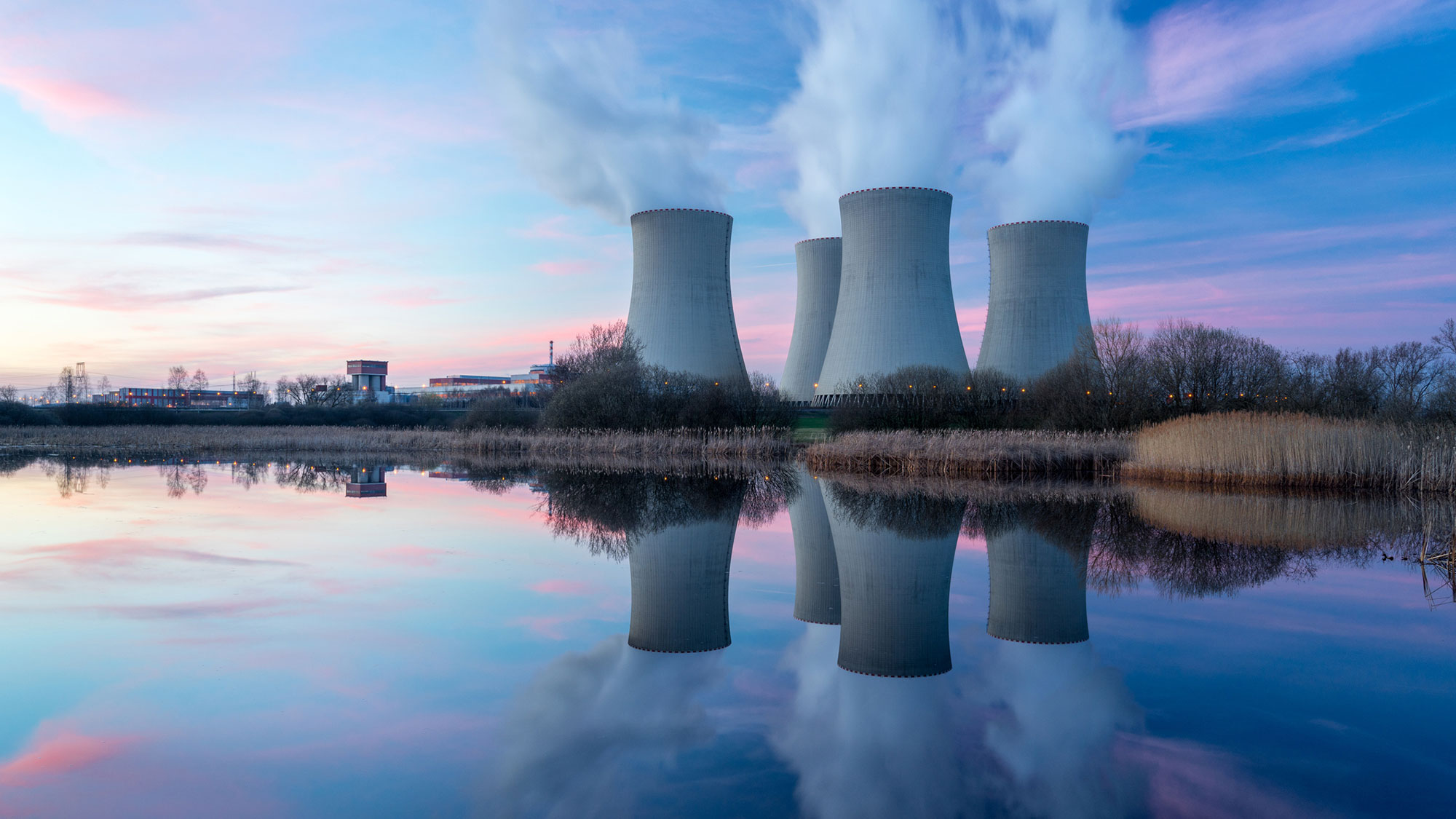
Nuclear energy’s place in the green economy: emerging trends
Authors
Nuclear power is the second-largest source of low-carbon electricity today, with 452 operating reactors providing 2,700 TWh of electricity in 2018, or 10% of global electricity supply. In certain jurisdictions in Canada and across the globe, this is expected to increase as support for nuclear electricity generation grows and nuclear energy becomes more accepted as a green source of electricity, particularly in respect of mitigating greenhouse gas emissions. Emerging trends in Canada and the EU include the use of direct, state-backed financing for nuclear energy generation (as well as research into new technologies) and the promulgation of policies intended to support private sources of finance by including nuclear energy in sustainable finance taxonomies for financial or environmental instruments.
EU sustainable finance taxonomy
The EU’s Taxonomy Regulation is a classification system of environmentally sustainable economic activities intended to provide companies, policymakers and investors with consistent and appropriate definitions for which economic activities can be considered environmentally sustainable1. The EU taxonomy’s aim is to allow financial market participants and issuers to use a standard set of national labels, enhance investor confidence and awareness of the environmental impact of financial products or corporate bonds which fall under the taxonomy, and to create visibility and address concerns of greenwashing2.
On March 9, 2022, the European Commission adopted a Complementary Delegated Act under the Taxonomy Regulation which provides that, under specific conditions which include a set of technical screening criteria, nuclear activities are included in the EU taxonomy3. In effect, the EU Commission’s decision to include nuclear energy in the taxonomy is an endorsement that nuclear energy cannot yet be replaced by technologically and economically feasible low-carbon alternatives and contributes to climate change mitigation (one of the objectives of the EU taxonomy), with the potential to play a significant role in the transition to a climate-neutral economy.
The Canadian context
In Canada, the Sustainable Finance Action Council (SFAC) has been mandated by the federal government to prepare a Taxonomy Roadmap Report for our own set of standards for what qualifies as a green investment. However, currently, there is no equivalent set of sustainable finance criteria analogous to the EU’s taxonomy. The SFAC’s report is set to be released shortly and, similar to the EU taxonomy, it is anticipated that the report will include support for the development and finance of nuclear energy to contribute to climate change mitigation.
This is consistent with the federal government’s current support for nuclear energy as a vital component of the green economy. In 2022, the Canadian Investment Bank (CIB) announced a commitment of $970 million towards Ontario Power Generation’s (OPG) small modular reactor (SMR) at the Darlington Nuclear Generating Station4. The SMR is a new class of nuclear reactor that aims to leverage modular construction techniques and technologies that can be deployed at scale for low cost and with efficient construction, especially when fleetwide construction and deployment is contemplated.
In announcing the transaction, the Minister of Natural Resources noted that the OPG transaction “represents a significant step towards the development of a non-emitting electricity grid and a prosperous net-zero future”, and the CEO of the CIB similarly confirmed that “we know nuclear energy, including from SMRs, is an essential part of the electricity mix to help meet our climate change goals”.
New investment and collaboration in SMR technology in Canada has come in conjunction with the CIB’s commitment to OPG’s Darlington SMR. For example, in February 2023, Natural Resources Canada, a department of the Government of Canada, announced a program to fund research and development to support Canadian provinces and territories as they “work to develop and deploy SMRs as part of their respective decarbonization and economic plans”5. Additionally, the governments of Ontario, Saskatchewan, New Brunswick and Alberta have announced a strategic plan for the deployment of SMR5. The federal and provincial governments in Canada have also emphasized, and have started to act on, the strategic importance that SMRs might play in remote and more sparsely populated regions of the country to provide reliable and carbon-neutral baseload generation where gigawatt-scale conventional nuclear reactors are too large.
The Ontario government has also considered the role nuclear energy will play in its clean energy credit (CEC) registry, a program which permits the sale of positive environmental attributes associated with clean energy generation projects through certain amendments to the Province’s Electricity Act, 1998. While the enabling regulations of Ontario’s CEC registry are still under development, it is widely anticipated that Ontario intends to include nuclear energy as an eligible source of CECs under the regime. In publicly released documents, the Province has stated its intention to offer CECs for purchase from clean electricity that has been generated “from a non-emitting source, such as solar, wind, bioenergy, hydroelectric and nuclear power”7.
Opportunities
We see many opportunities presenting themselves in the near future as support for nuclear as a source of clean energy continues to grow, including:
- Financing and private capital participation. While the government of Canada and its agencies continue to invest in nuclear energy, we expect that there may be opportunities for financial institutions and private capital investors to share in the risks and rewards of new development projects.
- Indigenous cooperation. Any new SMR or other greenfield development of nuclear power in Canada will trigger the duty to consult with Indigenous communities, and it should be expected that Indigenous communities will play a significant role in new nuclear development, including as potential investors. We also expect that Indigenous businesses will have opportunities to participate as suppliers in connection with SMR project developments (see our articles “Indigenous participation in energy transition projects: a key to success” and “Evolving ecosystem for Indigenous involvement in major projects” for more).
- Project development and supply chain opportunities. SMR projects will create significant opportunities for developers, contractors and suppliers that support these projects. From extraction of natural resources, design and engineering for nuclear and non-nuclear systems to the construction of modular and on-site structures and systems, emerging SMR technologies will present opportunities to innovate and develop new products and services for many industries in support of SMR development.
To discuss these issues, please contact the author(s).
This publication is a general discussion of certain legal and related developments and should not be relied upon as legal advice. If you require legal advice, we would be pleased to discuss the issues in this publication with you, in the context of your particular circumstances.
For permission to republish this or any other publication, contact Janelle Weed.
© 2025 by Torys LLP.
All rights reserved.

